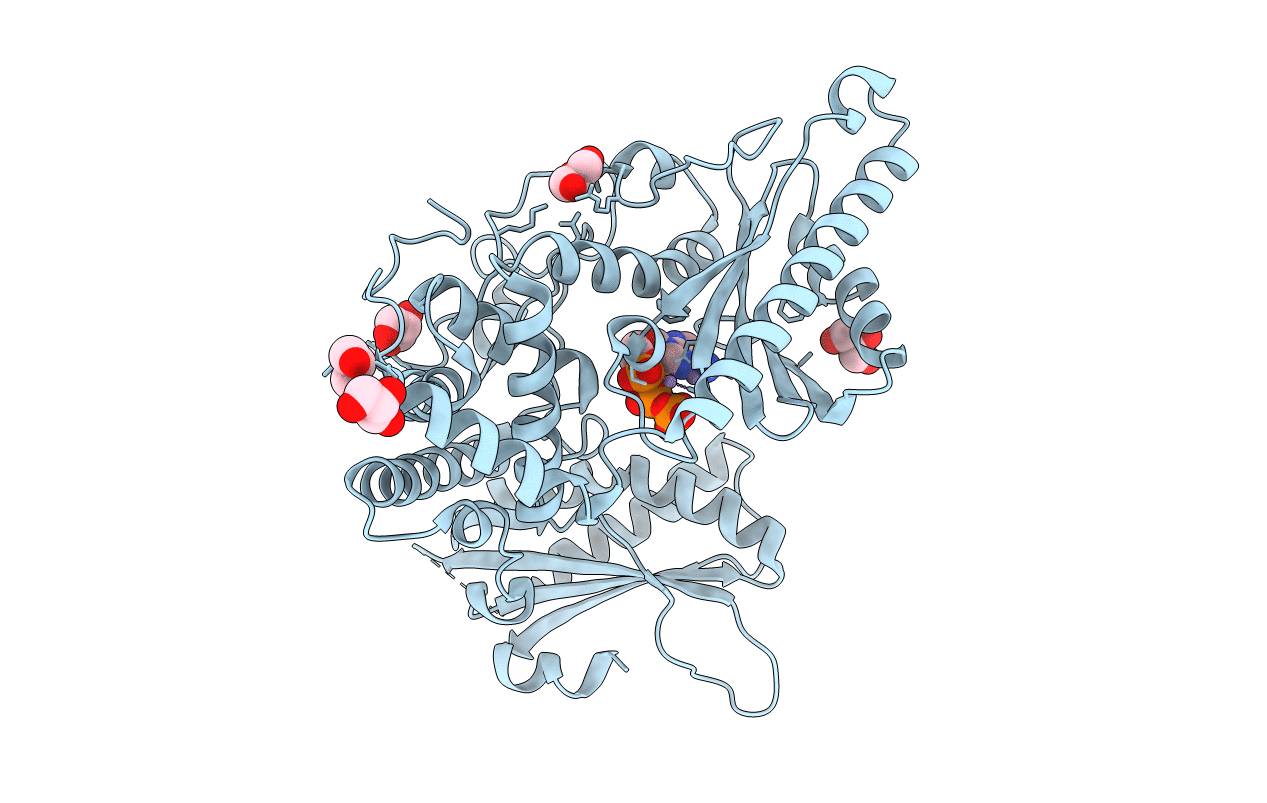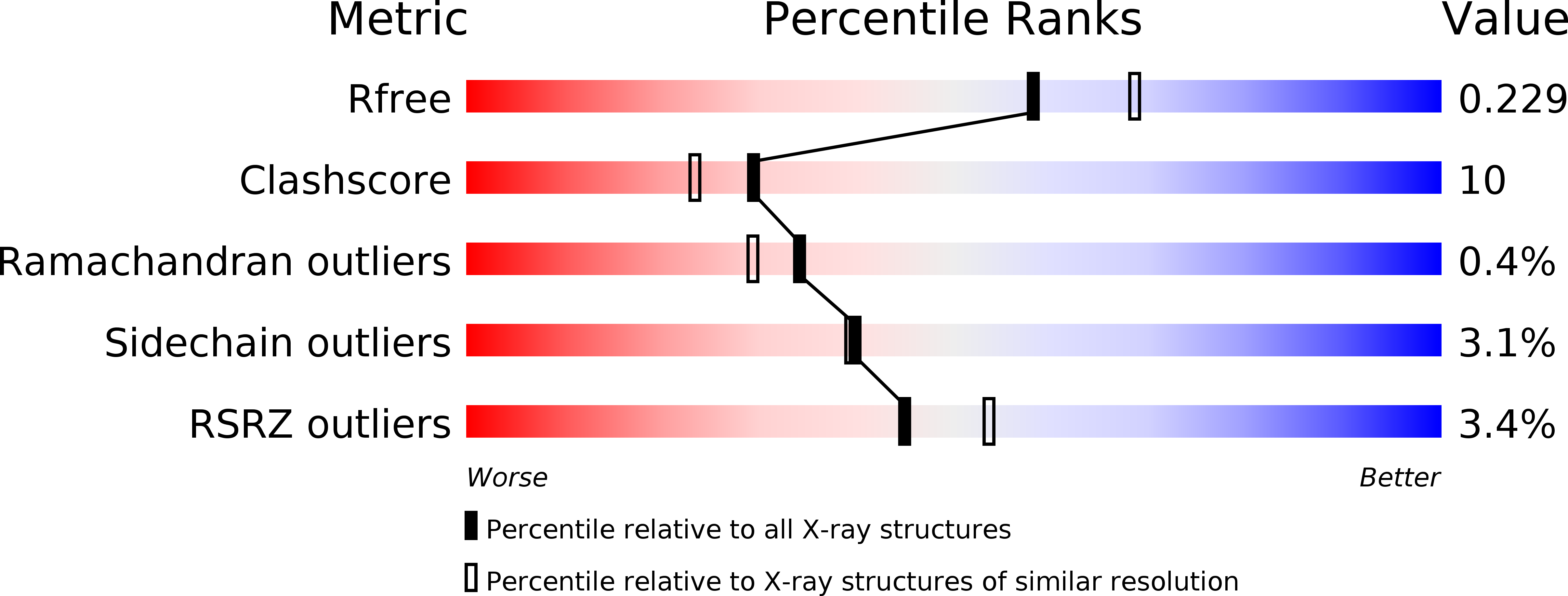
Deposition Date
2003-08-16
Release Date
2004-09-07
Last Version Date
2024-10-16
Method Details:
Experimental Method:
Resolution:
2.15 Å
R-Value Free:
0.23
R-Value Work:
0.20
R-Value Observed:
0.20
Space Group:
P 21 21 21


